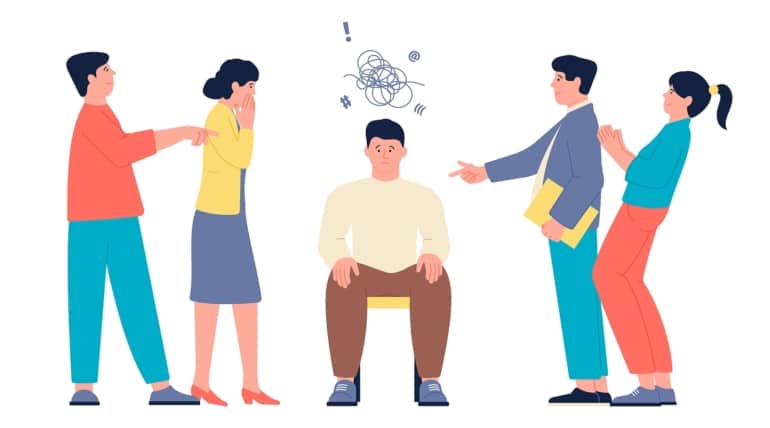Autism has been studied for decades, yet the most impactful treatment method is still the most studied. One treatment approach that stands the test of time is ABA (Applied Behavior Analysis). ABA has been around since the 1960s, when it was first developed, and its efficacy has been proven.
The latest data analysis evaluates the available literature on ABA as an intervention approach in treating autism in children and youth to help instruct the scientific community on the most beneficial directions for future research.
The results? A resounding success! Overwhelmingly, data analysis showed positive improvements in the individual’s behavior, cognitive, language, social/ communication, problem behavior, adaptive behavior, and emotional functioning.
Procedure of the Data Analysis
Mojgan Gitimoghaddam, a Clinical Research Doctor at the University of British Columbia, and her colleagues used a systematic review that comprised a database search and a reference search of selected reviews. Meaning they searched for research papers on ABA and Autism that were published in leading academic journals from 1997 through December 31, 2020. The Publication had to be in English, and the research age group had to be children and youth (birth to 18 years) with NDD/D. Duplicated articles were checked to ensure accuracy. Later they narrowed the articles from NDD/D to primarily Autism articles.
After the initial search, the team conducted data extraction and quality assessment for each study. The extracted data included author, title, publication year, the origin of the study, funding sources, study aim, study design, duration of intervention, study duration, population size, population description, setting, measurement outcomes, measurement tools, and critical findings. Next, the search was reduced to the studies’ outcomes regarding cognitive, language, social/communication, problem behavior, adaptive behavior, and emotional functioning.
Finally, the team compiled a narrative synthesis of the results, including a description of the intervention approaches, an appraisal of the quality of the included studies, and an analysis of the results.
The results?
The database searches yielded a total of 2,874 entries before removing duplicates. After removing duplicated articles and non-relevant studies, 2,102 records of articles remained for analysis. After the title, abstract, and full-text review of those 2,102 records articles, 770 study records studies were eligible for the systematic review. Thus only 770 studies were included in the analysis.
Ultimately, Mojgan and her colleagues found that across the 770 records studied, 63%–88% of study records reported improvement across the various outcome measures, 0%–2% reported regression, 13%–36% reported mixed results (as in, some aspects improved while others stayed the same or regressed), and 0%–2% reported no change.
For study records where participants were between ages 0–5 years, 66% reported Cognitive Improvement, 68% reported language Improvement, and 57% social/communication Improvement.
For study records of ages 6–12, problem behavior and language were the most marked outcomes. 86% reported behavior improvement, and 71% reported language improvement.
In youths ages 13–18, the most marked outcome was cognitive (83%), followed by adaptive behavior (86%) reported improvement.
Bottomline
Given these results, It appears that ABA-based interventions are a highly successful approach to treating autism in children and youth. Future studies will continue to examine the effectiveness of ABA, particularly in light of new developments in the field. Nonetheless, the data analysis points towards a bright future for ABA-based treatments of autism.




